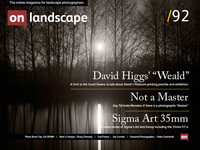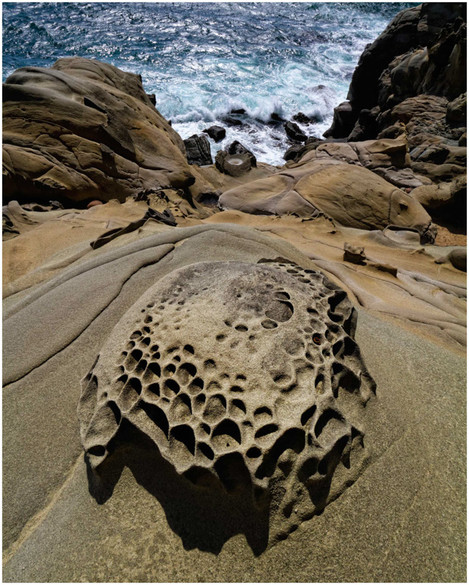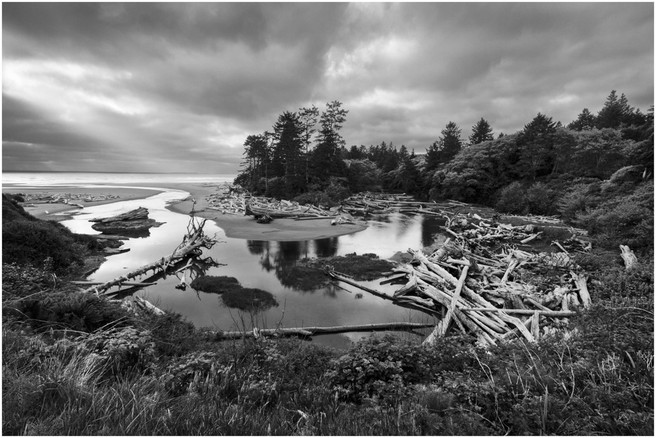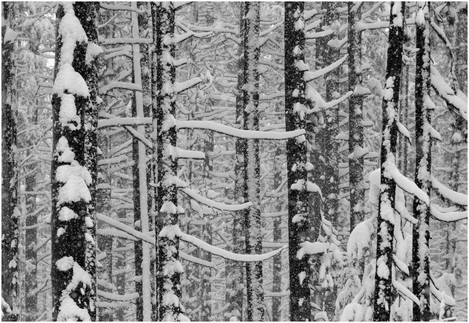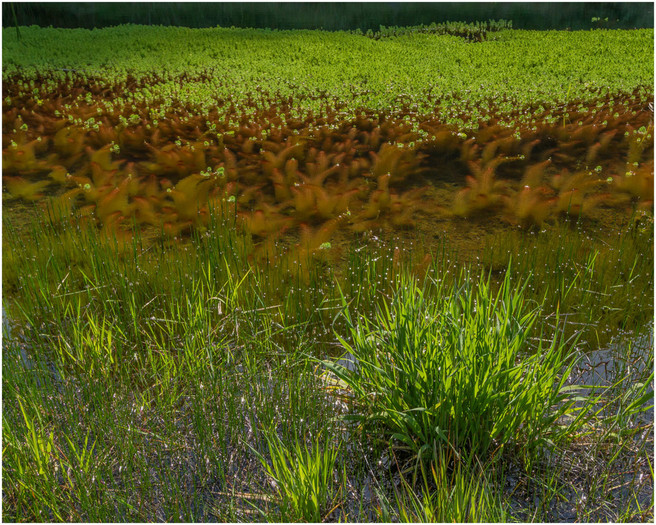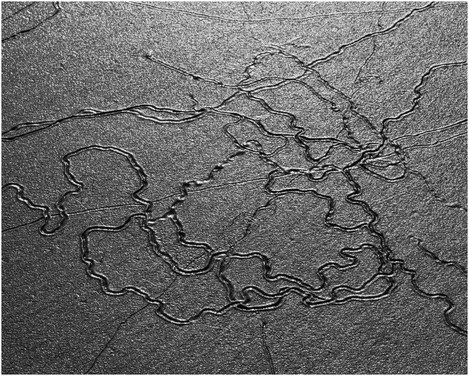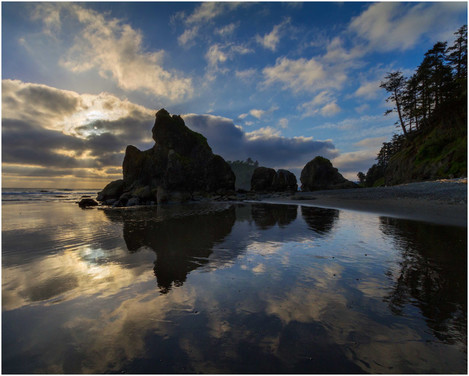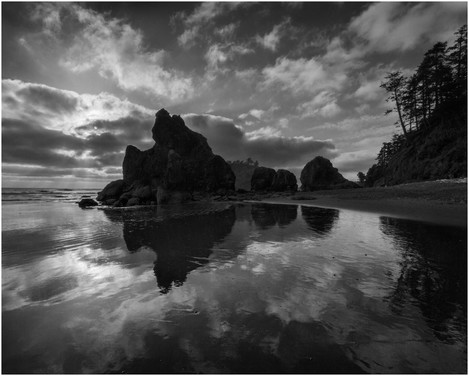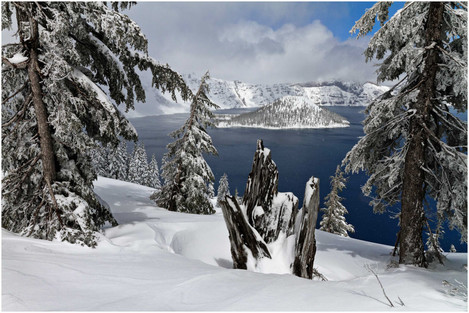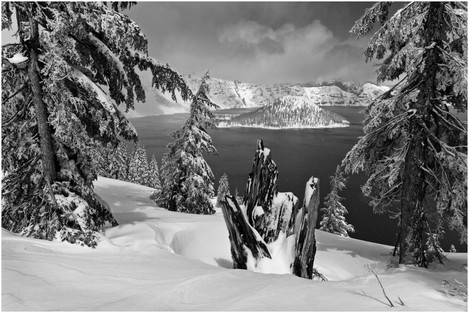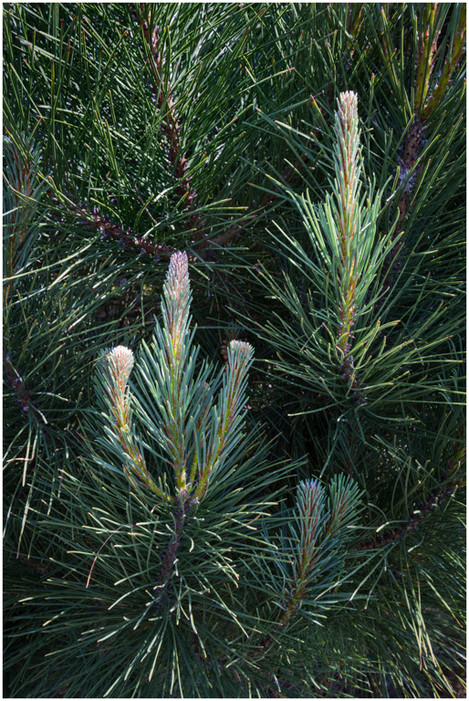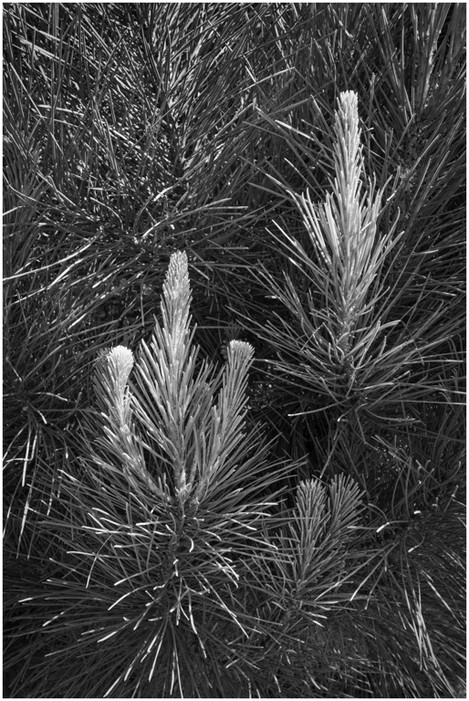California Oregon Washington

Steve Gledhill, ARPS
I’m primarily a landscape photographer though that does encompass almost anything I find whilst out hiking. I particularly enjoy my photography when it’s building a body of work or project such as hiking The Thames Path or The Cotswold Way or Bredon Hill throughout 2016.
Our two-stage photography road trip had been planned since the autumn of 2013. Starting in San Francisco in early May 2014 a friend from California and I drove 1500 meandering miles to Seattle over a period of about 8 days taking in stretches of the coast, redwood forests, lakes and volcanoes - dormant, and not so. In Seattle we joined up with a group of friends for a 9 day trip around the Olympic Peninsula, the Columbia River Gorge and Mount Rainier. Photography road trips are something we've done together almost every year since 2001 when we all met on a photography workshop in Utah. Since then we've had photography road trips in England, Ireland, Italy and several in the USA. Plans are afoot for Western Scotland and the Hebrides in 2015. Needless to say, we have similar photography inclinations (we all came together through our passion for large format b&w landscapes) and, even more importantly, we enjoy each others company, as well as the odd glass or two of wine.
The Challenges
A photography road trip presents a set of interesting challenges that any photographer engaged in such a venture would be advised to consider before setting out. And I don't mean deciding on what equipment to take. That in itself may be problematic, but is not the subject here. Nor are the challenges of planning and organising such a trip with several friends from widely spread locations - that goes without saying. This trip was not one I organised so I was free of those responsibilities on this occasion. And another aspect of any trip that can often present challenges is when things go wrong … and almost anything can go wrong. No, the challenges I'm interested in here are those for the photography - the purpose of the trip. They occur no matter how well planned it is. So, being prepared is really the key. Travel imposes a timetable, meaning that you turn up at prospective locations when the elements may not be cooperative. And irrespective of your travel plans, you get where you're going when you get there - on schedule, or not. The sun, light, rain, mist or fog, wind, snow, temperature are all things that are totally out of your control - the vagaries of the weather. But you're still there ready to engage in photography. I long since abandoned the notion that such road trips are primarily for the purpose of landscape photography even though that's what I originally hoped for in the early days of our trips. You need to be prepared to adapt and be creative with what's available and what’s possible given you have no control over the elements and only a degree of control over timing.
For much of this year’s trip the weather was mild to warm and skies for the most part were bland and blue. Travel dictated that some of the places we wanted to visit were in the middle of the day when natural light came from a blazing overhead sun in a cloudless sky. These conditions would suit many travellers, but not if you're after that gem of landscape with spectacular clouds, or that sunrise or sunset to die for. Almost (but not quite) all of our early and late forays were ‘non-events' in respect of the skies. And in the redwoods in the middle of the day most views were dappled by patches of brilliant light on the forest floor with bright sky holes punched through the canopy making a challenge of the huge subject brightness range. An exception was on one of the days when we ventured up to Crater Lake where the weather played the game and varied between heavy snowfall and beautiful cloud studded blue sky. Priceless.
The way I've come to terms with not being able to rely on the weather for perfect conditions is to turn my attention and my camera to smaller and closer scenes. Too often the 'bigger picture' is just not worth the effort whilst the micro-landscapes are much more rewarding. I don't mean macro photography, that's not something that appeals to me, but smaller scenes where texture, shape, arrangements, contrasts and relationships are what the image relies on rather than 'the vista'. Excluding the sky is a good place to start. Seeking images in the shadows is too. And of course, ‘quiet light’ photography - well before sunrise or well after sunset - can often be very rewarding. One particular evening I was in woodland on Mount Rainier where exposure times of 30 to 60 seconds were needed. The soft lighting at that time of day can bring a refreshing and even vibrant look and feel to photographs. One day three of us hiked out to Shi Shi Beach where we camped out overnight. Although there wasn’t a spectacular sunset, the sunrise was a little special with a 22 degree sun halo for a while along with interesting cloud formations. Fortuitously it was the night of the full moon, but I’d failed to prepare for and practice night shots and so ended up with nothing to show for my night-time efforts. It’s often said that it’s not worth attempting landscape photography during the bright sunlight and dark shadows of the middle of the day. Whilst it may be more of a challenge, it’s something with which I disagree - often by making a feature of the sun in the frame or of the strong shadows that are present.
Besides the weather and light challenges, the other one of significance one can be the unfamiliarity of the locations. It's a great pleasure visiting new places to photograph, but at times it's easy to be distracted from the job in hand - the photography - and spend time taking it all in without actually seeking new images, then only to regret it later. I enjoy letting the feel and the atmosphere of a location sink in for a while before I’m ready to take photographs. A couple of quotes well illustrate my approach:
See the subject first. Do not try to force it to be a picture. Stand apart from it; then something will happen. The subject will reveal itself. — Bill Brandt
Be still until the object of your attention affirms its presence.. — Minor White
But, the inevitable pressure of the road trip schedule sometimes forces the pace. If that happens and I sense there are photographs to be had then I’ll try (not always successfully) to restrict my attention to some particular aspect of the location rather than try to take it all in.
The Monochrome or Colour Dilemma
I started taking photography seriously 40 years ago in my mid 20’s, when for 12 years I worked for Ilford, concentrating (obviously?) on black and white image making, using 35mm cameras. Twenty years ago I started working with large format (5x4), then in 2009 I fell to the lure of digital and am now totally committed to digital capture, processing and ink printing. For a while much of my work was colour but increasingly I'm returning to monochrome. My workflow entails working to create the very best colour image that I can conjure up from a combination of DXO Optics Pro, Lightroom and Photoshop then making a conversion to black and white whereupon I continue working with the image to render a monochrome image to my liking. Of course, this doesn't always result in both colour and black and white versions that satisfy me. Sometime the colour wins but often I'm more comfortable with the monochrome result. And then, of course, there are many occasions when I can't make up my mind which I prefer. I eventually concluded that I don't have to choose, and stopped fretting over my indecision. I'm now happy to show my two versions side by side - to see what reaction the pair engenders.
Whenever I'm taking photographs I'm constantly aware of the possibility of making a monochrome version of my image. Something that looks unappealing in colour can sometimes be transformed into a strong image in black and white. Trying to look at a prospective image with 'monochrome eyes' as well as 'colour eyes' is a good way to find more potentially good photographs, and on a challenging road trip can help increase the number of keepers.
Here is a gallery of other photographs from the road trip.

